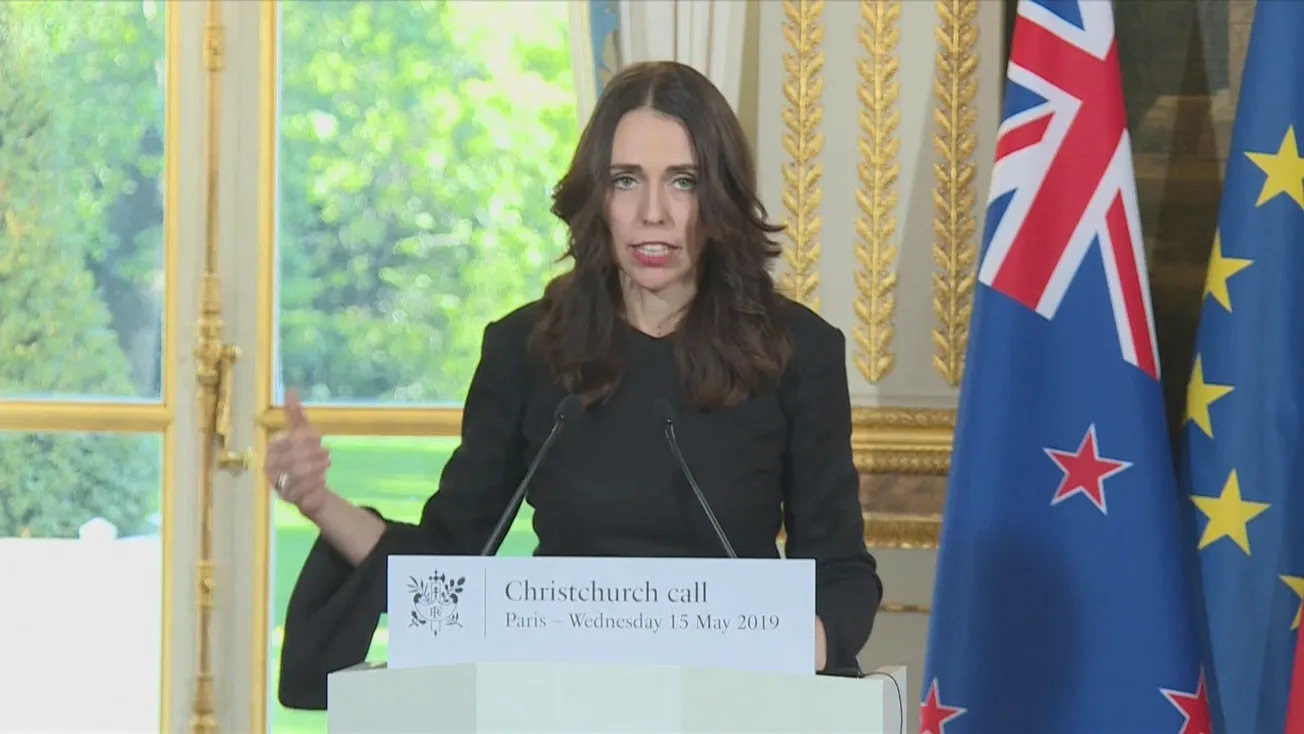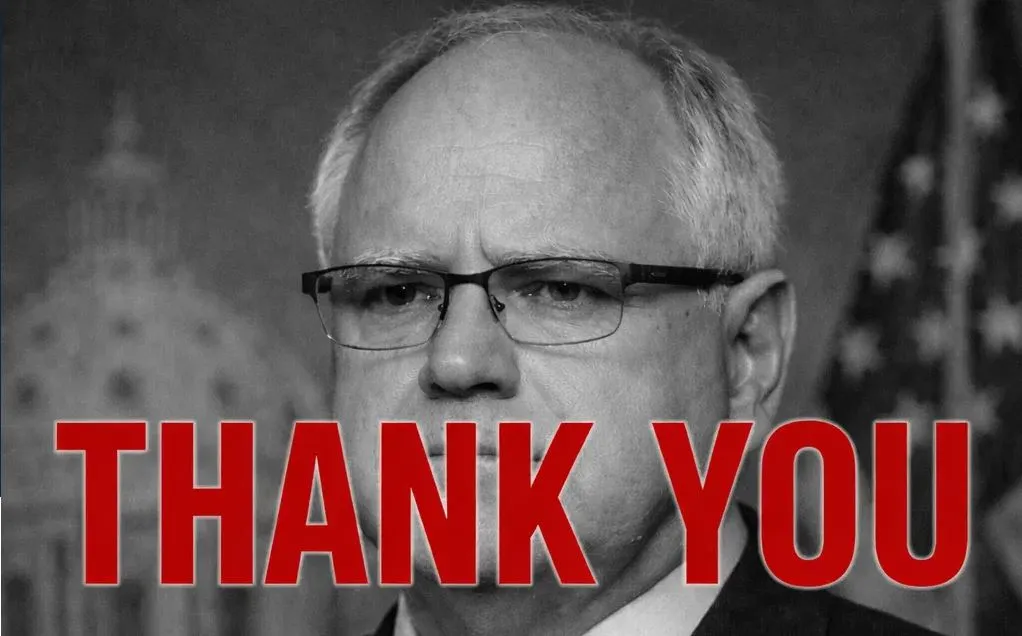Table of Contents
The mainstream news views media in recent days have been making much of Prime Minister Jacinda Ardern basking in the reflected glory of her newly-found French fan, President Emmanuel Macron praising her “Christchurch call” (restricting social media references to crimes such as the massacre in the Muslim mosques).
The same media have also been taking to task the National Party’s Opposition Leader Judith Collins for doing her constitutional job by questioning the Labour Government’s covert agenda, named He Puapua, on the grounds that the agenda involves the introduction of a dual system of Maori co-governance of New Zealand.
In turn, this has led some Maori extremists to welcome what they claim is a “partnership” promised by the Treaty of Waitangi.
Meanwhile, in a simultaneous move, a panel has been appointed to review the text of our history. The Herald tells us that, in the draft version of New Zealand’s histories curriculum, the panel convened by the Royal Society of New Zealand to advise the Education Ministry said it strongly supported the introduction of New Zealand’s histories into the core curriculum and strongly commended placing Maori history central to New Zealand history. The report said it was impossible for students to understand citizenship without knowledge of history.
If nothing else, the almost total preponderance of Maori membership of that panel, and the whispers of what the draft report contains, have already created a suspicion that the “central” in “placing Maori history central” is actually centric, and will lead to its rewriting.

But hang on a minute! Aren’t we getting more than a little ahead of ourselves?
If there are two truths that have been impressed on me during my 92 years, they are these (i): you can’t really know where you’re going unless you know where you’ve come from; (ii) never put the cart before the horse.
Before doing anything to or about our New Zealand histories, have we looked at what we’ve already got, and are we using them?
There are at least four seminal works that ought to feature in the history curriculum of New Zealand schools:
‘VIKINGS OF THE SUNRISE” (1938) by our own great ethnologist, (Sir) Peter Buck (Te Rangi Hiroa) when he was director of the famous Bernice P Bishop Museum in Hawaii. In his prologue, he wrote:
“To the Polynesians, the sunset symbolised death and the spirit land to which they returned, but sunrise was the symbol of life, hope and new lands that awaited discovery… We have new problems before us, but we have a glorious heritage, for we come of a blood that conquered the Pacific with stone-age vessels that sailed ever toward the sunrise.”
He ascribes the discovery of New Zealand in the middle of the 10th century to Kupe who found it when chasing a squid that had taken off with his bait. Kupe returned to central Polynesia (p269):
“Some time after Kupe’s discovery, people making a voyage between islands in the Pacific were driven off course by a storm and reached New Zealand. They became the first settlers and were subsequently referred to as the people of the land (tangata whenua).”
(My note: Thus by definition as first settlers from elsewhere, Maori cannot be described as indigenous).
“PATHWAY OF THE BIRDS” (2018) by Andrew Crowe, up-dated, meticulously researched and profusely illustrated (with colour plates). Crowe writes (p14):
“It’s easier to trace the antecedents of Maori much further back to Asia and in this way appreciate that they sailed from island to island from that continent right across the Pacific. However one views it, it is a mind-boggling dispersal of humanity, and it was achieved more than two centuries before Europe’s own so-called Age of Exploration began.”
(My note: does this suggest that the real colonisers of the Pacific were Polynesians, rather than Europeans who came much later?)
“PENGUIN HISTORY OF NEW ZEALAND” (2012) Michael King, generally regarded as the best contemporary reference book on the history of New Zealand, which tells us that our country was the last country in the world to be discovered and settled by humankind, thus confirming that no one can claim to be indigenous here. King tells us that Maori, far from being victims of a “fatal impact”, coped heroically with the arrival of Europeans and survived by selectively accepting and adapting what Western technology and culture had to offer.
“THE TREATY OF WAITANGI – AN ILLUSTRATED HISTORY” (2020) by Dame Claudia Orange, the fourth and latest in a series of books by a writer whose work is generally regarded as the last word on the topic. The transcript of this interview with Dale Husband is well worth reading especially for this comment near the end:
“I think we still have a long way to go. But the Treaty is now something that we simply need to acknowledge as an agreement, which we haven’t followed through ideally, but which we now have this chance to take further”.
What’s all this got to do with President Macron? Well, have a look here.
Speaking to secondary school students on the 200th anniversary of the death of Napoleon Bonaparte, Macron said:
“You are not responsible for France’s past, nor are you its guardians. It comes to you as an inheritance, without a testament attached. You may choose to love it; and so too you may choose to criticise it.
“But first of all, you must learn it which means facing it directly and as a whole, imbued with a love of knowledge and resisting the temptation to judge yesterday by today. That is the foremost duty a free people owes to its ancestors who secured the freedoms it enjoys – but it is also a free people’s privilege because it is only by understanding its past it can freely forge its future. And just as those who shred their map are condemned to lose their way, so those who abandon historical truth are condemned to forsake their liberty.”
Here in New Zealand, there is no so-called foundation document that is less well understood and thus more misinterpreted than the various versions of the “Treaty of Waitangi” which was, in reality, a series of agreements made between the Crown as represented by Queen Victoria and the chiefs of the many iwi and hapu who signed the separate versions that applied to them.
Before we teach anything else related to our history it should be incumbent on the government of the day to ensure that we fully understand what we are talking about when we refer to Te Tiriti. Which is why I challenge Prime Minister Ardern to put He Puapua and any history rewrite on hold until we are agreed on what the treaty means in this second decade of the 21st century and how its principles relate to our various levels of governance.
So, Prime Minister and minions in Wellington, let’s take a leaf from the French President’s book: how about a Waitangi Call?
Please share this BFD article so others can discover The BFD.









